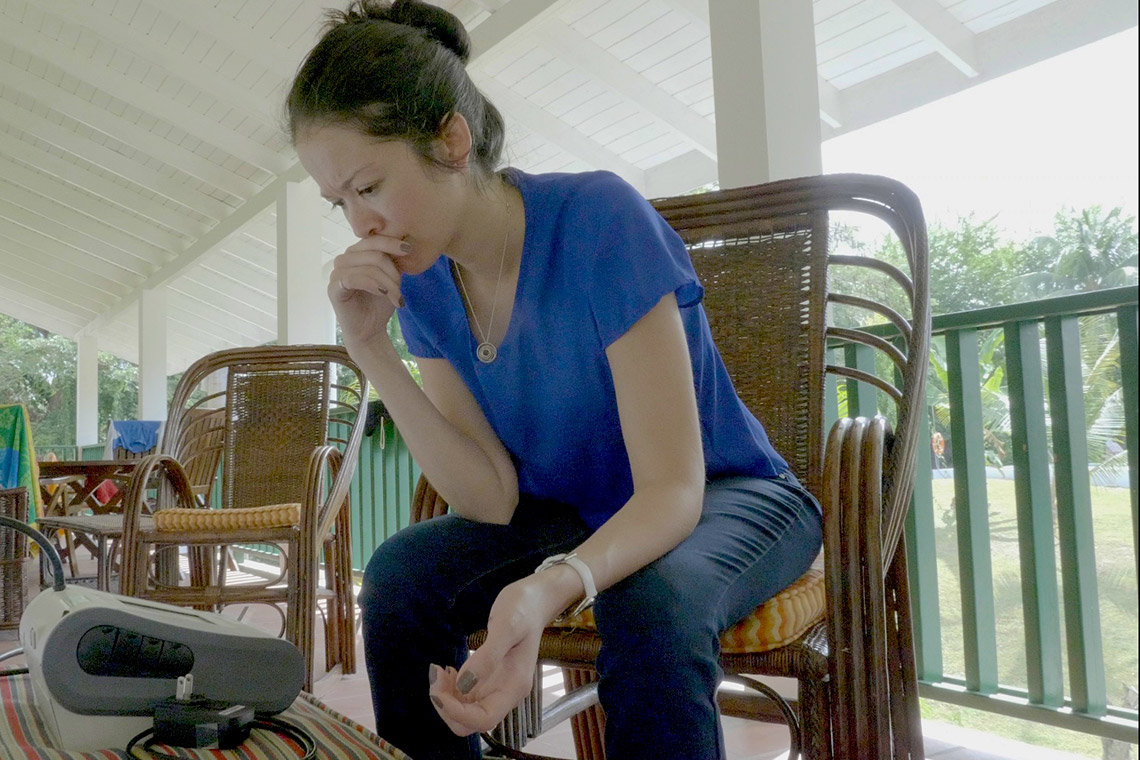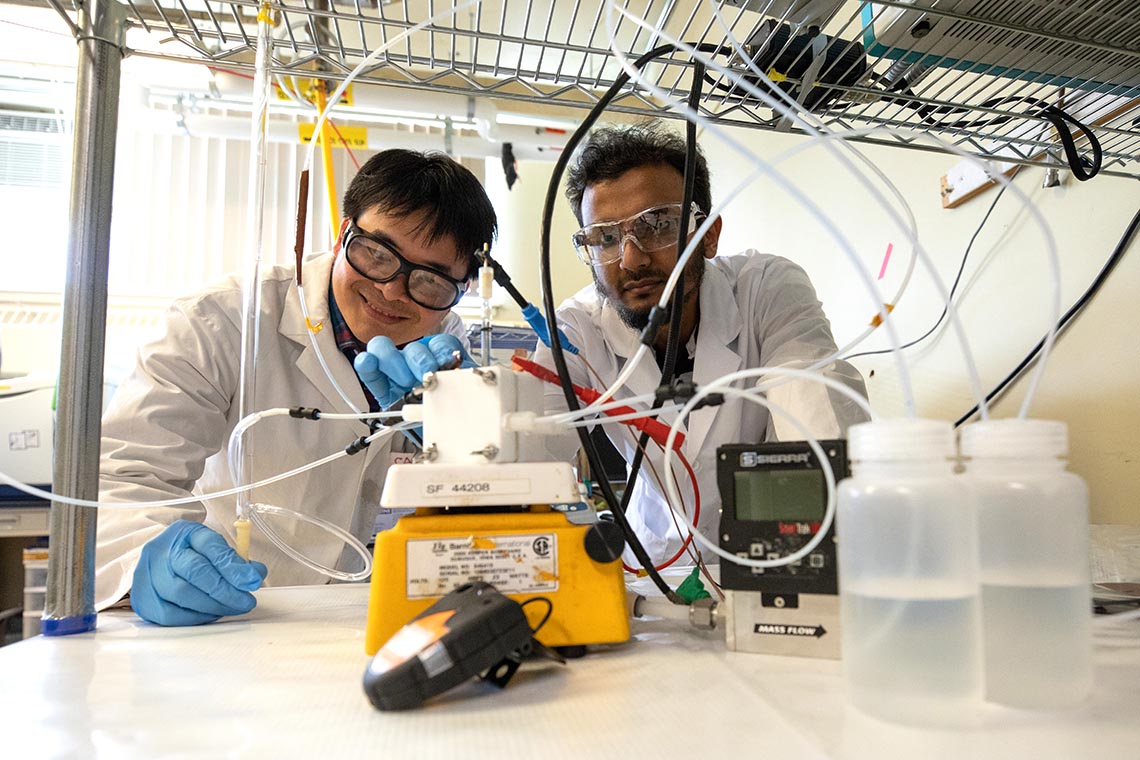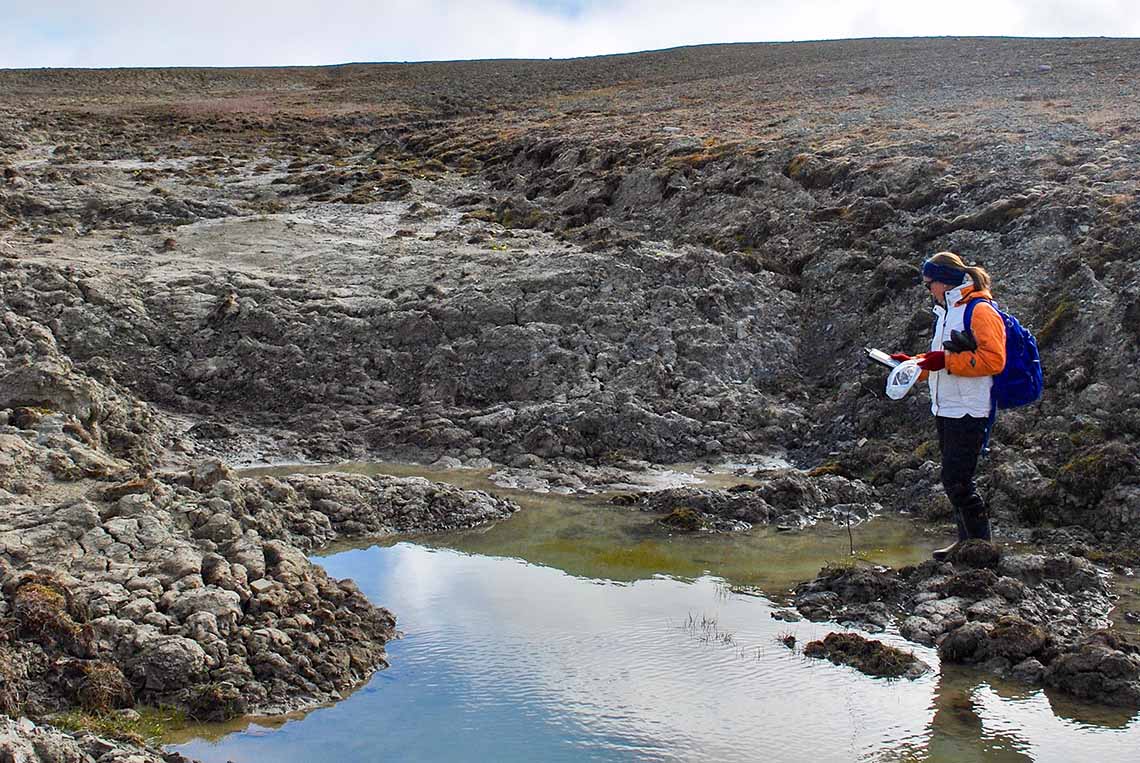Tag: Greenhouse gas

“Nobody monitors air quality here”: U of T researcher returns home to study Trinidad and Tobago emissions
A new study by a graduate student in the University of Toronto’s Faculty of Applied Science & Engineering measured significant concentrations of traffic-related air pollution near roadways in the small island nation of Trinidad and Tobago, reaching levels comparable to highways in major urban centres like Toronto and Detroit.

New catalyst developed at U of T upgrades greenhouse gas into renewable hydrocarbons
A new technology from the University of Toronto’s Faculty of Applied Science & Engineering is taking a substantial step towards enabling manufacturers to create plastics out of two key ingredients: sunshine and pollution.

U of T’s CERT team advances to finals of international competition Carbon XPRIZE
A team led by the University of Toronto’s Faculty of Applied Science & Engineering that is working to capture greenhouse gas and recycle it into useful chemicals has advanced to the finals of the international NRG COSIA Carbon XPRIZE.
The competition presents this challenge: capture carbon emissions from power plants and efficiently convert them into valuable chemical products.

U of T research finds ponds in High Arctic could be significant source of carbon emissions
A new Canadian study involving researchers from the University of Toronto has found that carbon released by some ponds in the High Arctic could potentially be a hidden source of greenhouse gas emissions.
The study looked at how dissolved organic carbon (DOC) stored in Arctic permafrost – which is thawing at an accelerated rate due to climate change – is being released into Arctic watersheds as a result of physical disturbances that relocate nutrients across the landscape. For the first time, researchers were able to determine that the chemical composition of carbon in these ponds is vastly different than in rivers in the High Arctic.
